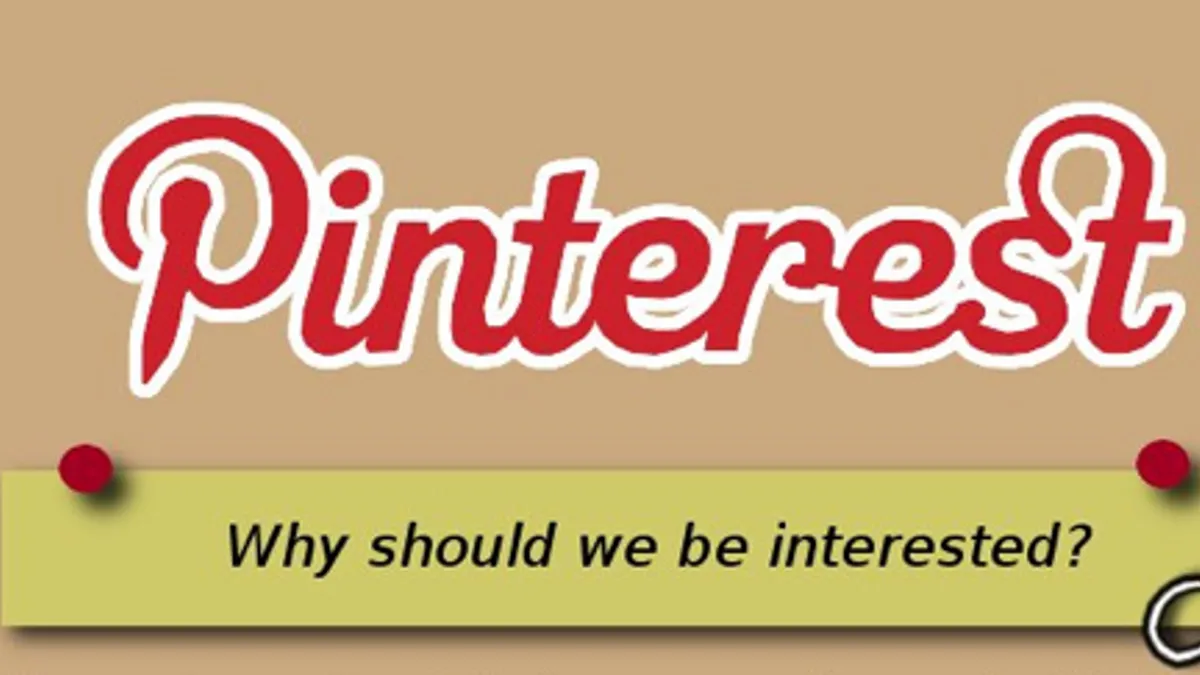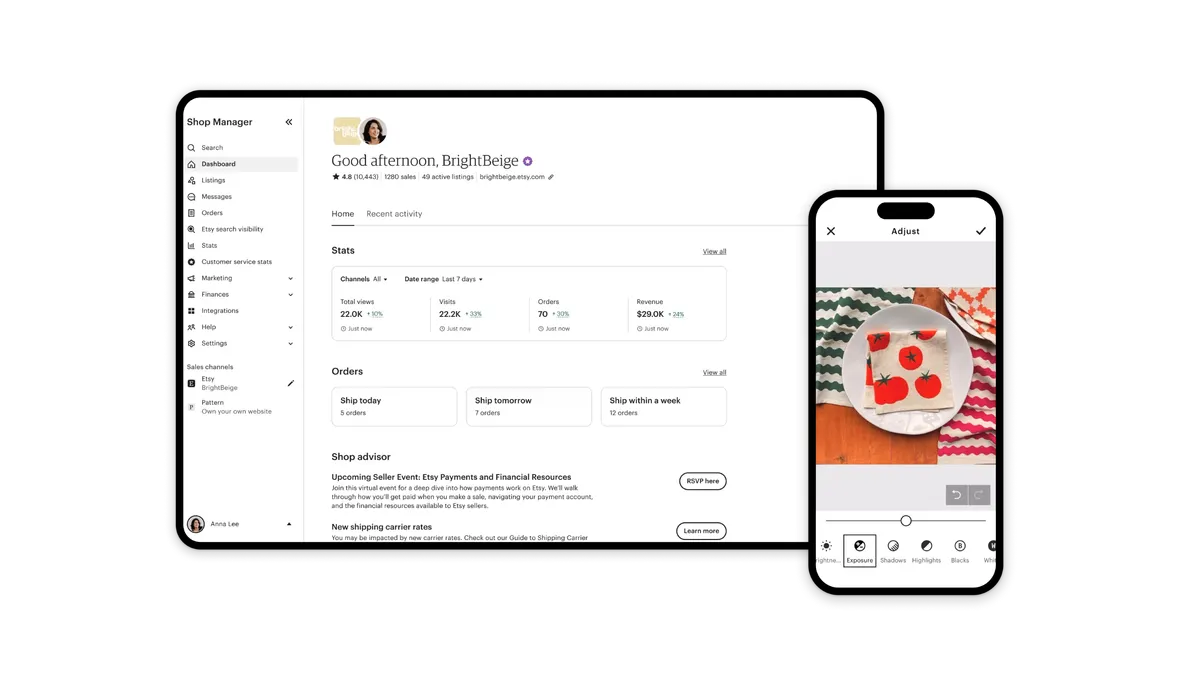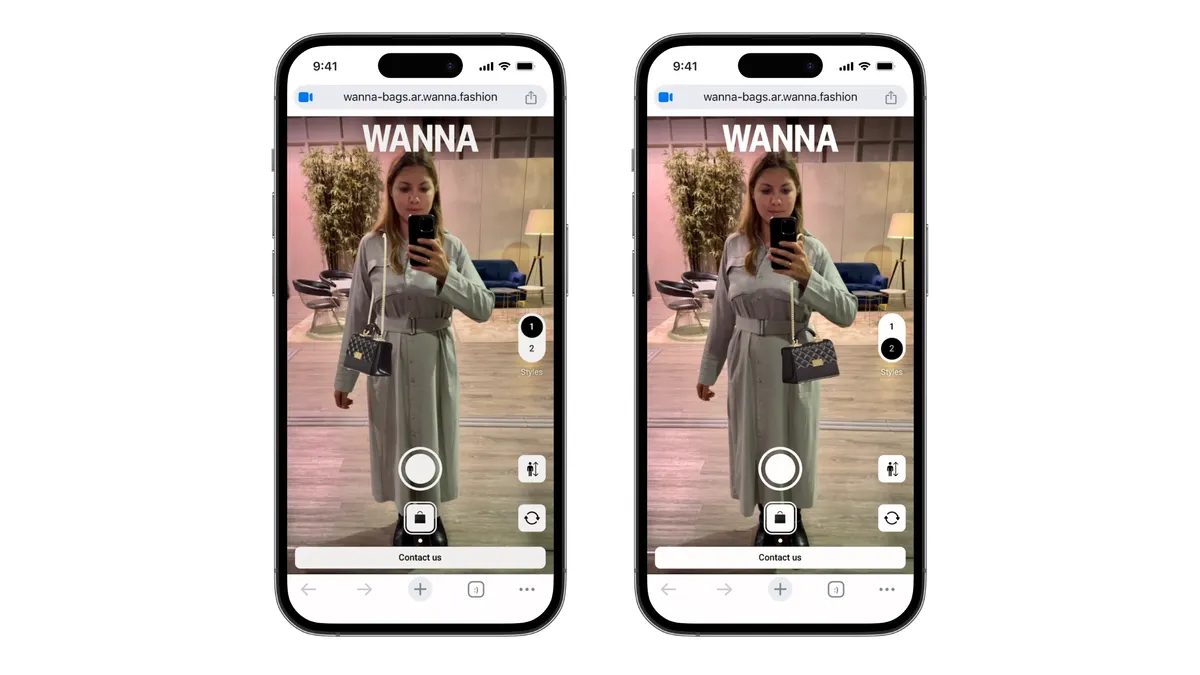Hollywood is unlikely to do a movie about Pinterest a la the Facebook-inspired "Social Network." Its founding in 2010 was a low-key affair just when the economy tanked, and at first its founder, Ben Silberman, had trouble finding investors or even much enthusiasm among his own friends.
But Silberman, who thought of his bug collection as “Pinterest 1.0,” believed in the concept. Indeed, once established, the site was quick to attract crafty people who shared their designs and handiwork via the site’s stunning tile-based format.
Pinterest retains the loyalty of the arts and crafts crowd, but it has also caught the attention of a diverse population interested in design, fashion, and more — and of designers themselves. The social network is now an ideal place to explore and share inspirations, ideas, and interests.
Thanks to its approach and its current level of popularity, the social network is a no-brainer for retailers intent on reaching customers, who are already pinning images of clothes, furniture, and all kinds of products they want to sell.
Who uses Pinterest
At last count, in July 2013, there were 70 million Pinterest users, 80% of them women. Possibly more important than the network’s number of users is the fact that many of them are heavily engaged in the site. There are more than 750 boards and 30 billion pins, with 15 times more pins by women than men. Those are startling statistics that bodes well for retailers in the U.S., where at least 70% of purchasing decisions are made by women.
How retailers are using Pinterest
Teen apparel retailer American Eagle Outfitters views Pinterest as a highly useful way to engage with its customers, who “share their favorite styles, inspirations and looks in creative ways,” says American Eagle’s senior director of marketing Ethan Holland. This engagement, according to Holland, helps to drive up traffic and sales on the retailer’s e-commerce site, AE.com.
“Outfit of the Day” or OOTD, which is also a popular hashtag on Twitter, is a nice fit for Pinterest because of the site’s image-focused approach.
High quality images designed to work well in Pinterest’s tiled format are key to success, and some 65% of images on Pinterest are now fashion-related. Users look for excellent photography and creative arrangements and outfits to pin on their own boards. Influencers like fashion designers, bloggers, and fans tend to have active Pinterest accounts.
Crate & Barrel’s home goods chain CB2 in May had Pinterest users decorate a New York apartment in a campaign called APT CB2. Designers with Pinterest accounts chosen by the retailer picked out a few CB2 items that were in turn voted on by the larger Pinterest community.
Pinterest provides more visitors to CB2’s website than any other social media site. Maybe that's why the company invested $1 million in the APT CB2 campaign, compared to the $140,000 the company spent on all advertising in 2013, according to advertising monitor Kantar Media.
And Target recently found new designers for its home-goods department through Pinterest. The designers, who also run popular blogs, are developing exclusive party-planning lines available on Target’s site and in stores. The effort debuted in March with a decorating line by Joy Cho, whose blog “Oh Joy!” boasts more than 13.6 million Pinterest followers, compared to Target’s less than 150,000.
It’s this kind of engagement that is working well for retailers. Research shows that while Facebook has by far more users (and therefore retail consumers) using its network, Pinterest users follow an average 9.3 retailers, compared to Twitter’s 8.5 and Facebook’s 6.9, according to a comScore-survey of 1,500 consumers in the U.S.
And the money follows: Pinterest shoppers are spending $140 to $180 per order, quite a bit more than $80 through Facebook and $60 through Twitter.
How Pinterest is making things easier for retail
To make it easier for marketers to leverage its site, Pinterest has been testing self-service Promoted Pins with a number of retailers. If the service is successful, retailers will be charged per click for the pins. The social network also said that marketers now have access to more information about which pins and Pinterest boards get the most clicks, shares, and likes, and how Promoted Pins perform across all devices. Until these efforts, marketers could only see demographic information about users who pin from their sites.
The site as of April has also enhanced its effectiveness in searches by introducing a new Guided Search feature, which helps users more easily home in on what they’re looking for.
Throughout these efforts to make marketers happy — and help boost its own revenue — Pinterest is taking care to keep its users happy as well. In contrast to Facebook, which often lobs drastic changes that upset its users, Pinterest seems to be a bit more cautious. That is helping lead to a lively social network where users and retailers play well together.
Would you like to see more retail news like this in your inbox on a daily basis? Subscribe to our Retail Dive email newsletter! You may also want to read Retail Dive's five facts you need to know about going global.





















